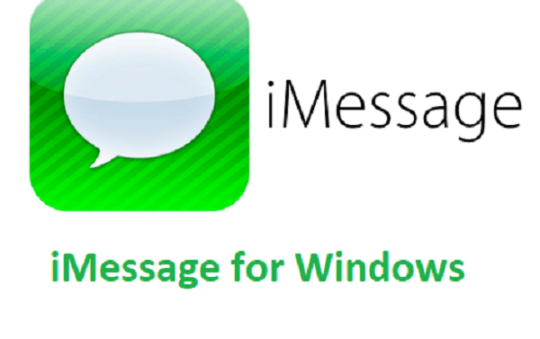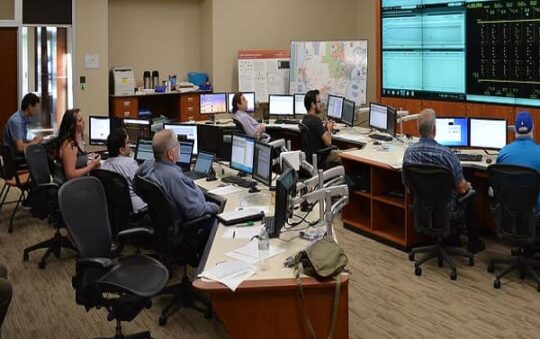At first glance, the methods of radiology have remained unchanged for several decades. But new technologies are also penetrating into this area, which improve the quality of diagnostics. Business Insider has collected five examples of innovation in radiology. sepstream.com is a website that provides innovative PACS imaging cloud storage and management solutions for labs and medical institutions.
Contents
Virtual reality will help to examine embryos
In the near future, virtual reality technologies will replace traditional ultrasound. In the VR headset, it will be possible to see the baby while he is still in the womb. An experimental technology is already being tested in Brazil, involving 30 expectant mothers. A three-dimensional image of the child is formed using MRI and ultrasound, and you can see the result with Oculus Rift 2 glasses. With this technique, the doctor can see the external characteristics of the embryo, assess the development of the airways and identify pathologies. For parents, this experience is more of an emotional experience that few can afford. True, the procedure of virtual acquaintance with a baby will cost much more than the usual ultrasound.
Also read: Internet for seafarers: how to stay connected anywhere in the world?
3D printing will help understand how the Zika virus affects a child’s brain
The consequences of the Zika virus are still not fully understood. Scientists continue to study the effects of the disease on the brain, especially in children who contract the virus while still in the womb. For a comprehensive assessment, doctors use the results of computed tomography, MRI, ultrasound and 3D modeling. These methods helped to prove that Zika does lead to brain pathologies in both children with microcephaly and without it, which confirms previous studies.
AI diagnoses skin cancer
Modern technologies make it possible not only to achieve better visualization, but also to conduct more efficient analysis. An IBM study showed that the Watson supercomputer diagnoses melanoma with greater accuracy than dermatologists. This allows skin cancer to be detected at an early stage when it responds well to treatment.
The algorithm will decode X-rays
Machine learning is generally closely related to radiology. GE has been working with the University of California, San Francisco for the past three years on a simplified diagnostic technique. A machine-learning system guides doctors about what to look for when interpreting X-rays. The technique speeds up the diagnosis and allows you to start therapy faster.
IBM Watson Health is also developing in this area. The division works with 15 hospitals and companies to test so-called cognitive imaging – intelligent machine analytics of images. IBM calls this algorithm the physician’s assistant, which will allow him to more accurately and quickly do his job. The service will be available to other medical institutions in 2017, but first, the technique must prove its effectiveness.
Innovation will save resources
Modern medical imaging techniques require a large amount of natural resources. The reserves of helium, which is required for the operation of MRI devices, are limited in nature. GE has created a new magnetic resonance imaging technology that uses only 1% helium compared to traditional machines.
Freelium technology uses gaseous helium, which is converted into approximately 20 liters of liquid helium. For comparison, traditional MRI devices require 2,000 liters of helium.




